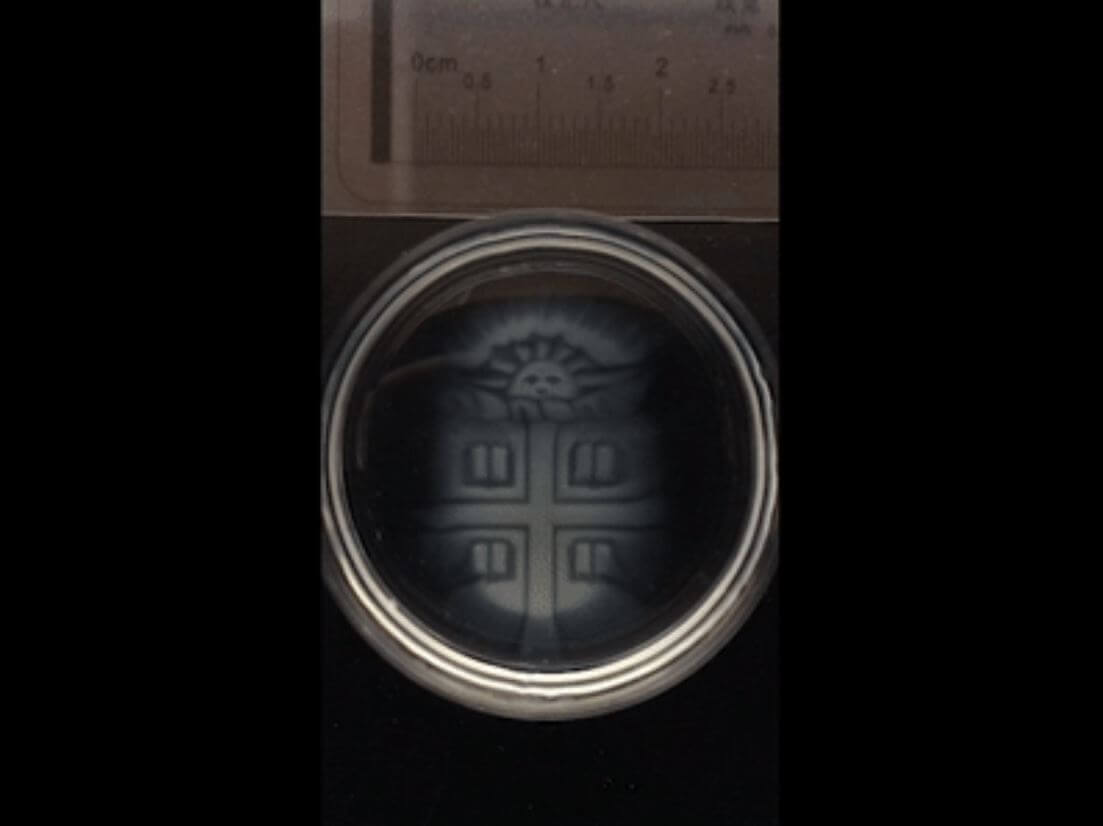Researchers at Brown University have developed a technique for 3D printing biomaterial that falls apart when triggered.
If you’re designing a building or a piece of furniture, a structure that falls apart is exactly what you don’t want. Yet in smaller-scale applications, like microfluidics, degradable structures can be especially useful.
With this as their goal, a team of engineers at Brown University recently developed a technique for 3D printing biomaterial that degrades on demand.
“It’s a bit like Legos,” said Ian Wong, an assistant professor in Brown’s School of Engineering and co-author of the research. “We can attach polymers together to build 3-D structures, and then gently detach them again under biocompatible conditions.”
Potential applications include creating intricately patterned microfluidic devices, or cell cultures that can alter in shape during experiments. The researchers even conducted a series of experiments where they dissolved 3D printed barriers without harming the encircled human mammary cells.
Click here to see a time-lapse video of the 3D printed Brown logo dissolving away after being exposed to a chemical trigger.

Construction for the Purpose of Deconstruction
In order to create the degradable structures, researchers at Brown use stereolithography, or SLA.
This 3D printing technology builds a structure from the bottom-up by linking molecules together to form polymers. The molecules are present in a photoactive polymer solution, and are linked through exposure to ultraviolet light.
While SLA is a well-established technique in the world of 3D printing, the team at Brown took a slightly different approach.
Typical polymers produced through SLA printing are held together by covalent bonds, which are strong but irreversible. This study, in order to achieve the desired Lego-like effect, uses ionic bonds.
Doing so requires a compound derived from seaweed, sodium alginate.
“The idea is that the attachments between polymers should come apart when the ions are removed, which we can do by adding a chelating agent that grabs all the ions,” Wong says. “This way we can pattern transient structures that dissolve away when we want them to.”
Source: Brown University
License: The text of "Researchers Create 3D Printed Structures That Degrade On Demand" by All3DP is licensed under a Creative Commons Attribution 4.0 International License.